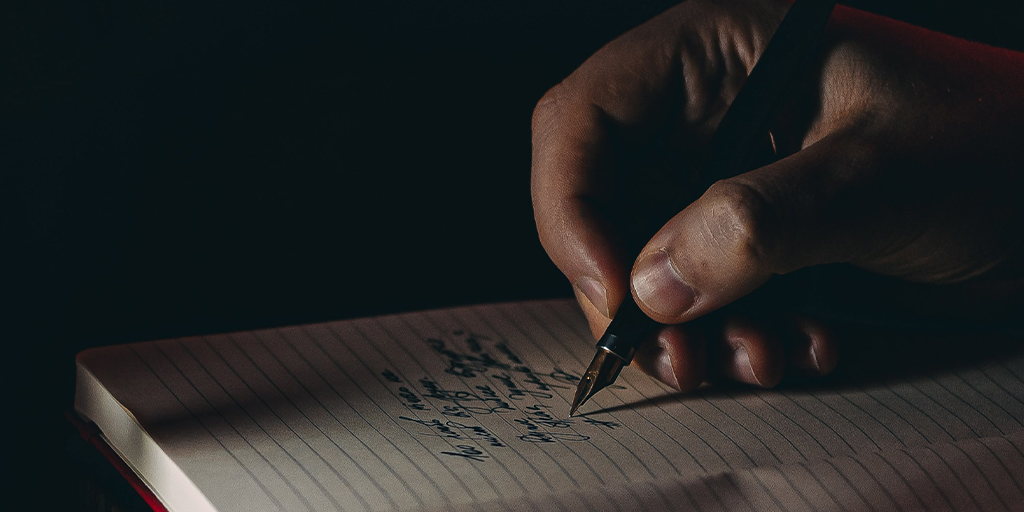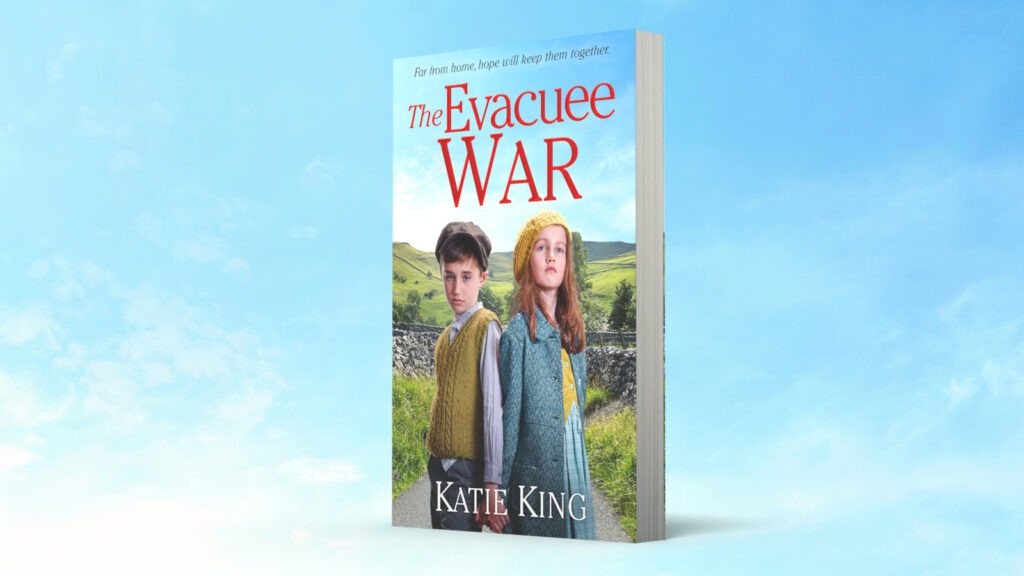Continuing in our NaNoWriMo series, we have a THRILLING read for you. Dianne Jeffrey, author of The Silent Friend and other gripping psychological thrillers, is on the blog today giving you eight tips for building suspense and tension in psychological thrillers! Read on to find out more…
Eight Tips For Building Suspense & Tension in Psychological Thrillers
I was honoured to be asked by HQ Stories to write a blogpost to tie in with NanoWriMo 2020. I’ve participated once in National Novel Writing Month. It’s an international event, in fact, and there were lots of meet-ups for authors in Lyon, France, where I live. I joined in with the NanoWriMo writing groups in cafés – and found both the idea and the support from other writers extremely motivating.
Unfortunately, I am a very slow writer and although my word count was higher than usual that month, it was still rather low and my novel was nowhere near completion at the end of it! If you’re going for it this November, the very best of luck to you!
I’ve written four psychological thrillers with HQ, so my editor has suggested I write some tips on how to build suspense and tension into a story. Here goes…
1. Create a good hero or heroine
It needs to be someone the reader will root for. The main character should be fleshed out with a backstory that will determine how they react and feel. Then put this ordinary person in an extraordinary situation. Kick off the novel with this crisis so that the reader is drawn straight into the action.
2. Create a good villain
The villain should also be multi-dimensional with a good side and a bad side so that the reader understands his / her motivations and actions. The villain needs to be a fitting opponent for the hero(ine). Your baddie has to be someone your readers will love to hate!
3. Don’t forget setting!
Setting can almost be a character in its own right. Isolated locations and bad weather can increase fear and anxiety for the characters and, by extension, for the readers.
4. Apply pressure and keep the pressure on
The extraordinary situation at the beginning of the novel has to get a lot worse before it can get any better! It’s important to build up tension throughout the novel, adding more and more obstacles, complications, problems and dilemmas, until the main character almost snaps. Conflict is what drives the story forwards.
5. Add more pressure by imposing a time limit or a deadline
The main character has to race against the clock. Compressing the timeline creates tension and catapults the characters into new, ever more alarming situations.
6. Withhold information
Don’t tell the reader everything. Drop hints, distract, tease, foreshadow, stall. This is what creates suspense.
7. Use twists and turns to keep the readers on their toes
The very moment the reader thinks (s)he has worked out what’s going on, it’s time to toss a metaphorical grenade into the room. Throw a few red herrings in with it for good measure.
8. End each chapter on a cliffhanger
This means pausing the action halfway through a climactic event. The reader must be lured into reading one more page, or better still, one more chapter.
I’m now off to write a bit more of my current work in progress, my fifth psychological thriller. I’ll endeavour to follow my own advice!
The Silent Friend by Dianne Jeffrey is out now in e-book. You can read more of her other books here.
If you’re enjoying our writing tips, there are more on the way! Keep your eyes peeled on the blog for more NaNoWriMo content, you can find the previous posts and other writing tips here! We also post about it on our twitter page.




